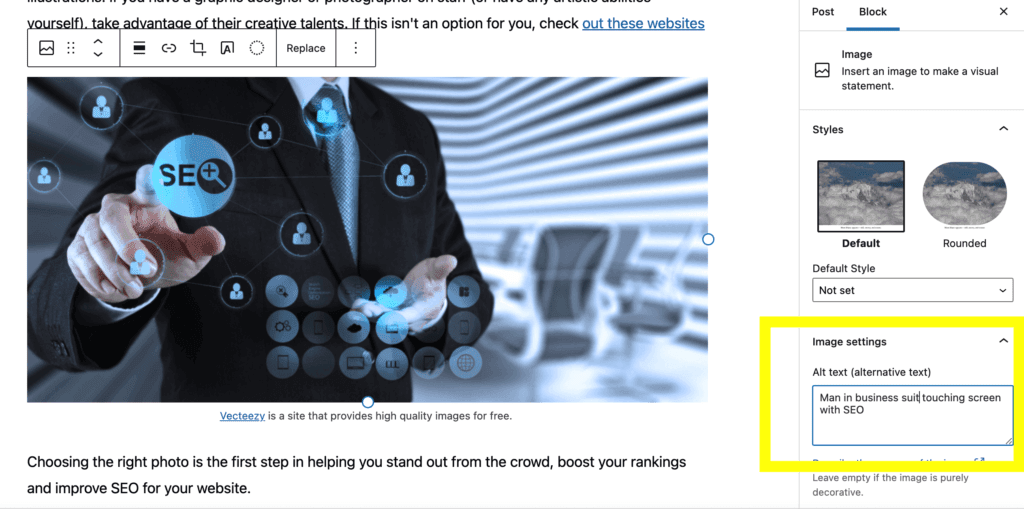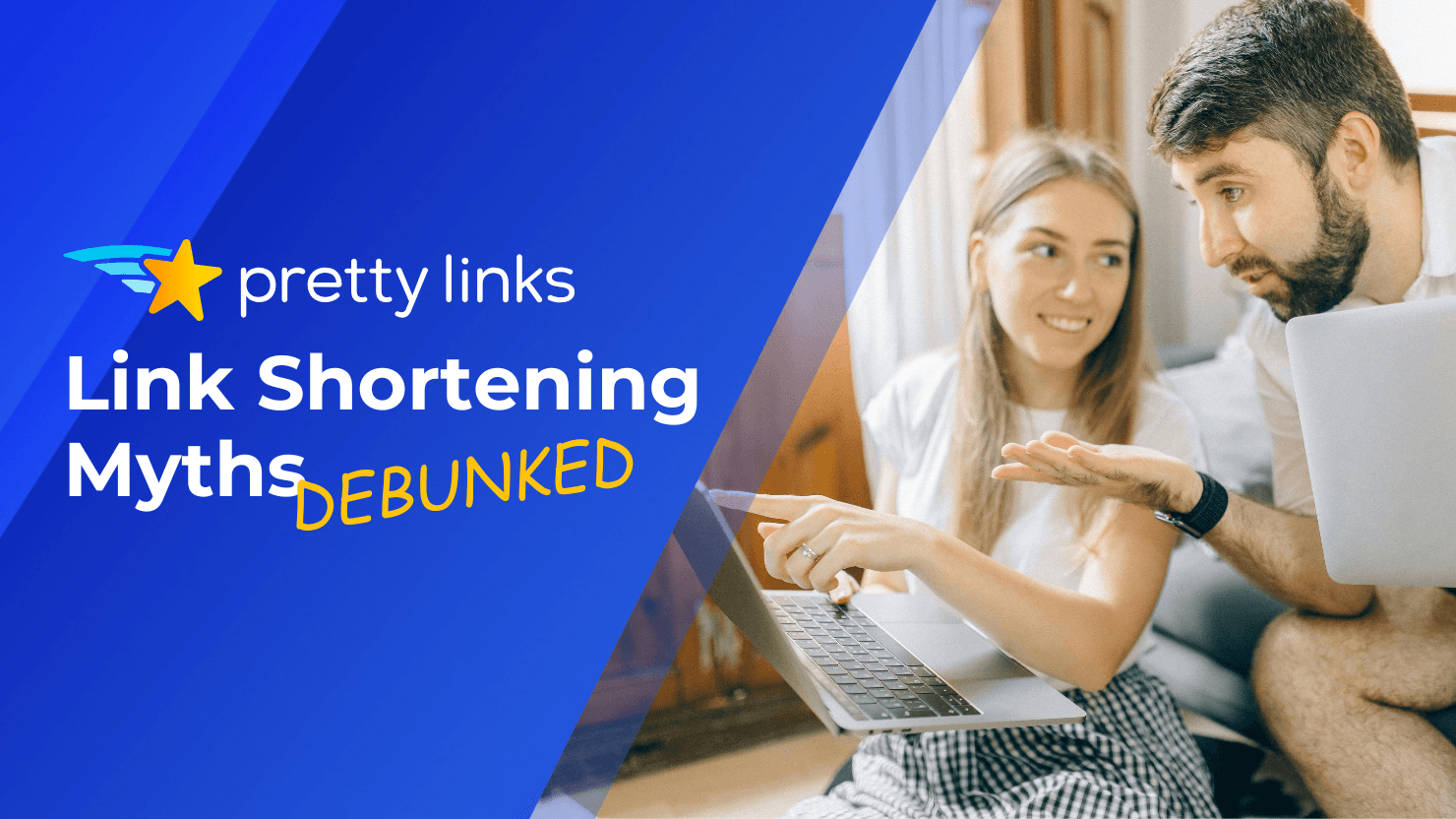Contents
While words are abstract, visuals are concrete and grab attention much more effectively. For this reason, adding relevant, original images to your website’s pages and posts is a smart idea. Yet, it can be difficult to optimize images in a way that maximizes visits to your site.
That’s where image SEO comes in handy. When it comes to your content’s search rankings, website images are just as important as keywords, links, and on-page tactics. By optimizing images, you can drive more visitors to your site.
In this post, we’ll discuss what image SEO is and why it’s vital to your website. Then we’ll explore four ways to improve your site’s images in order to boost traffic. Let’s dive in!
What is Image SEO? (and Why It’s Important)
So, what exactly is image SEO? In a general sense, search engine optimization (SEO) is a collection of techniques meant to help your website’s pages rank higher in relevant searches on platforms such as Google. Image SEO refers more specifically to the process of optimizing your site’s images.
While text impacts SEO in many ways, such as through keywords, images also have a role to play. For example, image files tend to be large and “weighty”, which can slow down your pages. Google and other search engines often penalize slower sites, which means that un-optimized images can harm your rankings.
There are plenty of other ways that images can affect your site’s SEO, and we’ll look at those shortly. For now, let’s focus on how image SEO is crucial for any website that wants to build a bigger audience.
4 Image SEO Tips to Drive More Organic Traffic
Whether you’re a blogger, affiliate marketer, or business owner, you can benefit from knowing how to improve image SEO.
While there are many factors that influence image optimization, we’ve identified four of the most important strategies you can start with. Let’s take a look at each in turn.
1. Compress Your Images
Images are fantastic for grabbing attention and making your site more user-friendly. At the same time, using a lot of photos (particularly if they’re high quality) can negatively affect your site’s speed, since the files tend to be quite large. Page speed affects SEO, so this isn’t something to take lightly.
Fortunately, you can use compression to reduce the impact of your images without compromising on quality. Compression strips out unnecessary data from your image files, reducing their sizes and making them faster for your site to display.

There are many different plugins and tools you can use to optimize your images in this way. For instance, you can try WordPress plugins such as Smush Compression and ShortPixel. You can also use Photoshop, or a browser-based tool like TinyPNG.
2. Add Alt Text to Your Images
Alt text is a short snippet used to describe a particular image. It’s essential to make sure that your alt text is present and accurately describes the image it belongs to.
That’s because search engines index alt text. Without it, they aren’t able to “see” or recognize your images. Alt text tells search engine bots what each image contains and how it’s relevant to your textual content. It’s also vital for accessibility, as visitors with visual difficulties who are using screen readers rely on alt text.
If your site is built on WordPress, adding alt text is simple. Just select any image and check out the right-hand sidebar. You should see a field under Image settings labeled Alt text:

To write effective alt text, you’ll want to follow these guidelines:
- Keep it concise: A single sentence is usually best.
- Be clear and descriptive: Avoid flowery language and just describe what’s in the image.
- Include relevant keywords: As long as they fit in organically, alt text can be a great place to add keywords your readers may be searching for.
Strong alt text might look like this: “A man in a business suite touching a screen displaying the word ‘SEO’“. It’s best to add alt text to every image on your site.
3. Choose an Optimal Image Format
There are many file formats that can be used for images. The most common options are PNG, JPEG, and GIF. Knowing the right one to choose can improve your site’s SEO and traffic. That’s because the file type(s) you use play a big role in how fast your images load.
Let’s walk through each one to see what it’s optimized for:
- PNGs are optimal for larger files and high-quality images, especially those that include text.
- JPEGs are ideal for straightforward text-free images.
- GIFs are best for moving images.
Any quality image editing software should make it possible to save images in the format you prefer. Don’t be afraid to explore the less common image formats as well. What matters is choosing the best fit for your unique website and needs.
4. Make Sure Your Images are Responsive
Mobile searches now exceed desktop searches, which is why it’s essential to make your site mobile-friendly. When Google crawls your pages, one of the things it checks for is “responsiveness“. This means that images need to automatically adjust according to what type of screen they’re being viewed on.
Making images mobile-friendly by hand requires some understanding of HTML and CSS. However, don’t worry if you don’t have a developer on your team (or the budget to hire one). There are also tools that can assist with this process.
Your best option is to use a WordPress page builder plugin, such as Beaver Builder or Elementor:

These tools often include built-in features to help you make your images more responsive (as well as the rest of your content). Plus, they let you create unique and professional-looking designs quickly, without any technical know-how required.
Conclusion
Bringing new visitors to your website isn’t always easy. Fortunately, there are some proven techniques that can increase your traffic significantly. Many of those focus on your text content, but optimizing your images is just as crucial.
Following these simple steps can yield increased organic traffic to your website:
- Compress your images.
- Add alt text.
- Choose an optimal image format.
- Make your images responsive.
Do you have any other questions about optimizing your website’s images? Let us know in the comments section below!
If you liked this article, be sure to follow us on Facebook, Twitter, Pinterest, and LinkedIn! And don’t forget to subscribe to our newsletter!








Leave a Reply